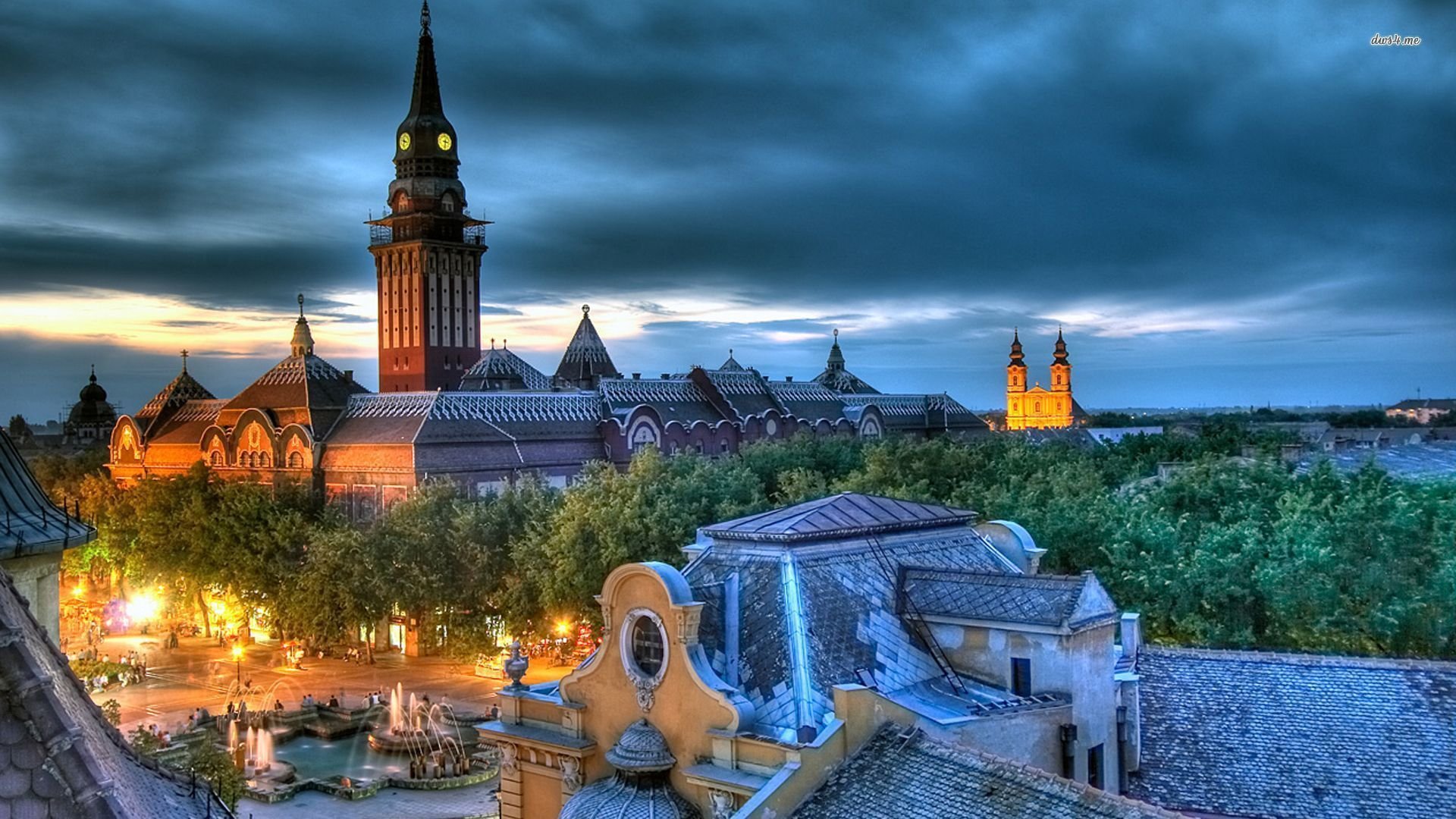
Serbia
Serbia uses B-Profile guardrails exclusively.
NOTE: North Macedonia does not use B-Profile guardrails. For a good overview of European guardrails, see this infographic.
In the north of Serbia in the Vojvodina region, from the Hungarian border to Belgrade, the landscape is extremely flat, with no hills whatsoever. A slight ridge however can be seen at Fruška Gora National Park.
A more hilly landscape can be seen in the central-southern region. The most mountainous regions of Serbia are found in the southwest and southeast, where the Dinaric Alps, Carpathian and Balkan mountains run through Serbia.
There are 3 main divided highways in Serbia:
The A1, or E-75 from the Hungarian border to south of Leskovac, running through Novi Sad, Belgrade and Niš.
The A3, or E-70 from the Croatian border to Belgrade
The A4 which branches off of the A1 north of Niš, to just before Sicevo Canyon Nature Park.
NOTE: Although Google maps shows that a highway is divided, it may not be divided on street view since the coverage was taken before the second carriageway was constructed. This map shows all the divided highways currently visible on street view.
The distinct Vršac Mountains can be seen east of Vršac near the Romanian border. The mountains protrude out from a flat landscape and vineyards can commonly be seen to the south of the mountains. The Vršac Castle can also be seen atop the mountain.























